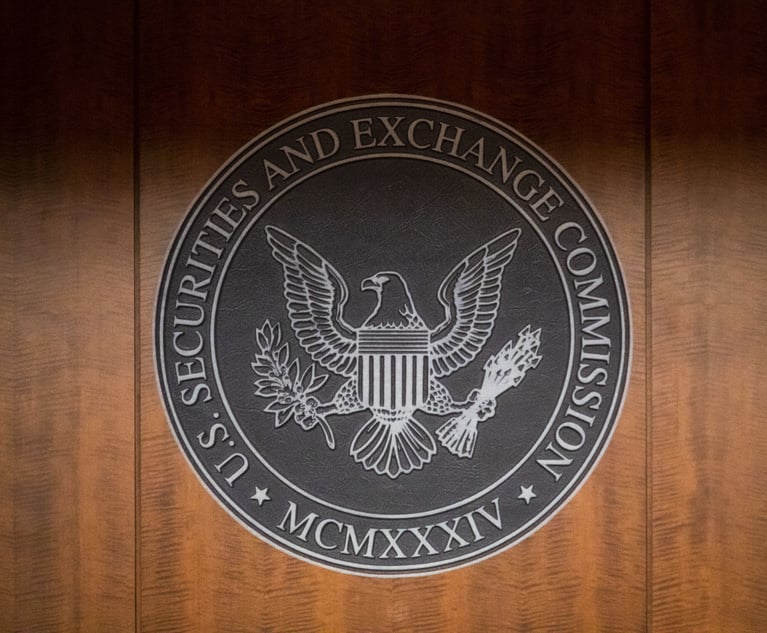The biggest U.S. banks will face greater restrictions on their borrowing power than their overseas competitors under supplemental leverage ratio rules adopted by regulators in Washington today.
Eight lenders, including JPMorgan Chase & Co. and Bank of America Corp., are required to keep loss-absorbing capital equivalent to at least 5 percent of total assets, under the rules designed to curtail risk in the financial system. The requirement approved by the Federal Deposit Insurance Corp. (FDIC) and Office of the Comptroller of the Currency (OCC)—and set for a Federal Reserve vote today—surpasses the 3 percent minimum set in a global agreement by the Basel Committee on Banking Supervision.
"The leverage ratio serves as a critical backstop to the risk-based capital requirements—particularly for the most systemic banking firms—and moderates some of the pro-cyclicality in the risk-based capital regime," Daniel Tarullo, the Fed governor responsible for financial regulation, said in a statement.
Complete your profile to continue reading and get FREE access to Treasury & Risk, part of your ALM digital membership.
Your access to unlimited Treasury & Risk content isn’t changing.
Once you are an ALM digital member, you’ll receive:
- Critical Treasury & Risk information including in-depth analysis of treasury and finance best practices, case studies with corporate innovators, informative newsletters, educational webcasts and videos, and resources from industry leaders.
- Exclusive discounts on ALM and Treasury & Risk events.
- Access to other award-winning ALM websites including PropertyCasualty360.com and Law.com.
*May exclude premium content
Already have an account? Sign In
© 2024 ALM Global, LLC, All Rights Reserved. Request academic re-use from www.copyright.com. All other uses, submit a request to [email protected]. For more information visit Asset & Logo Licensing.







